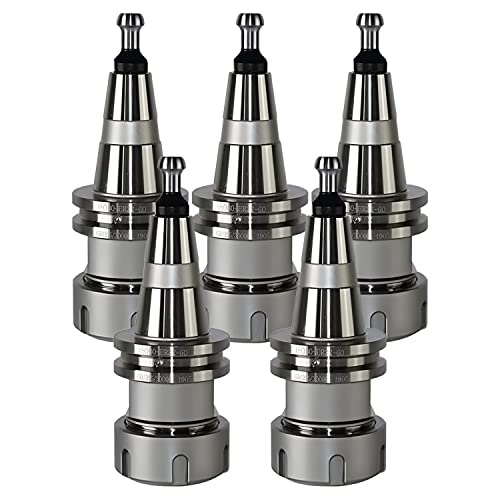Very basic question here, when I'm turning on the lathe, doesn't matter what material, brass, aluminium, the finish is very, well best described as scratchy.
I have just use a new index, doesn't matter what speed, by hand or using the auto feed (which is marginally better) the finish is poor, I then have to finish with different grades of emery cloth, which means the finish is then dull. I remember my mentor, when he turned, the finish was always crisp and perfect.
I am relatively new at this, until now, the finish wasn't that important, but now I need to turn some stainless shaft and have a nice finish as its for an rc project which needs exact tolerances, so I want a good finish.
Any ideas appreciated
thanks
Paul
I have just use a new index, doesn't matter what speed, by hand or using the auto feed (which is marginally better) the finish is poor, I then have to finish with different grades of emery cloth, which means the finish is then dull. I remember my mentor, when he turned, the finish was always crisp and perfect.
I am relatively new at this, until now, the finish wasn't that important, but now I need to turn some stainless shaft and have a nice finish as its for an rc project which needs exact tolerances, so I want a good finish.
Any ideas appreciated
thanks
Paul







































![DreamPlan Home Design and Landscaping Software Free for Windows [PC Download]](https://m.media-amazon.com/images/I/51kvZH2dVLL._SL500_.jpg)












![TurboCAD 2020 Designer [PC Download]](https://m.media-amazon.com/images/I/51UKfAHH1LL._SL500_.jpg)






![MeshMagic 3D Free 3D Modeling Software [Download]](https://m.media-amazon.com/images/I/B1U+p8ewjGS._SL500_.png)








